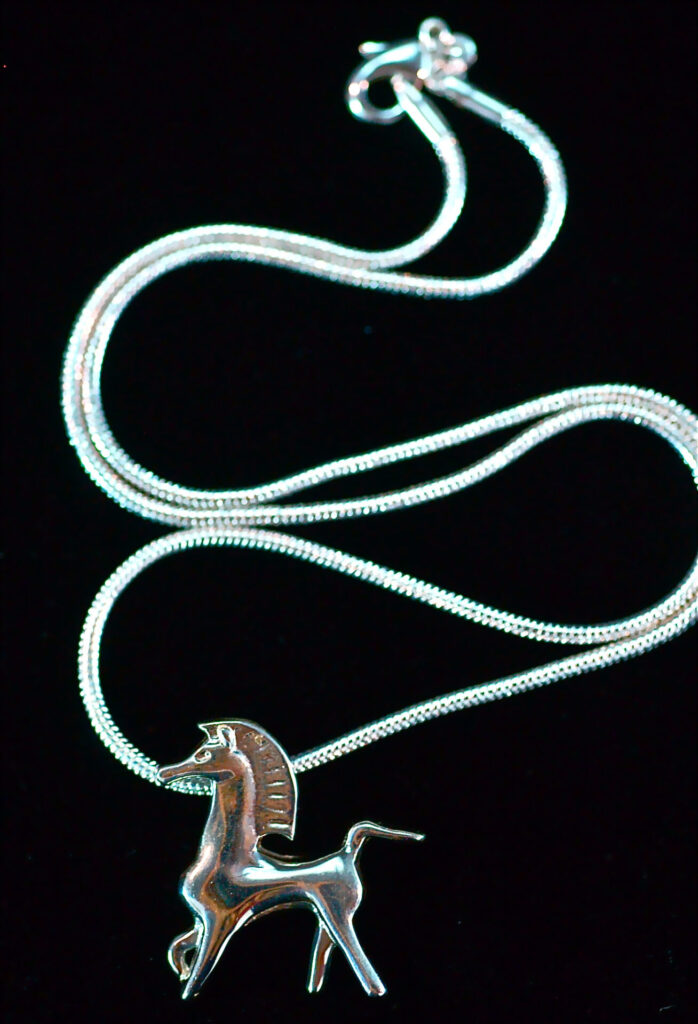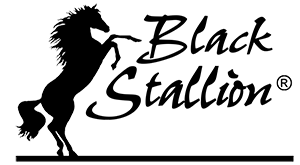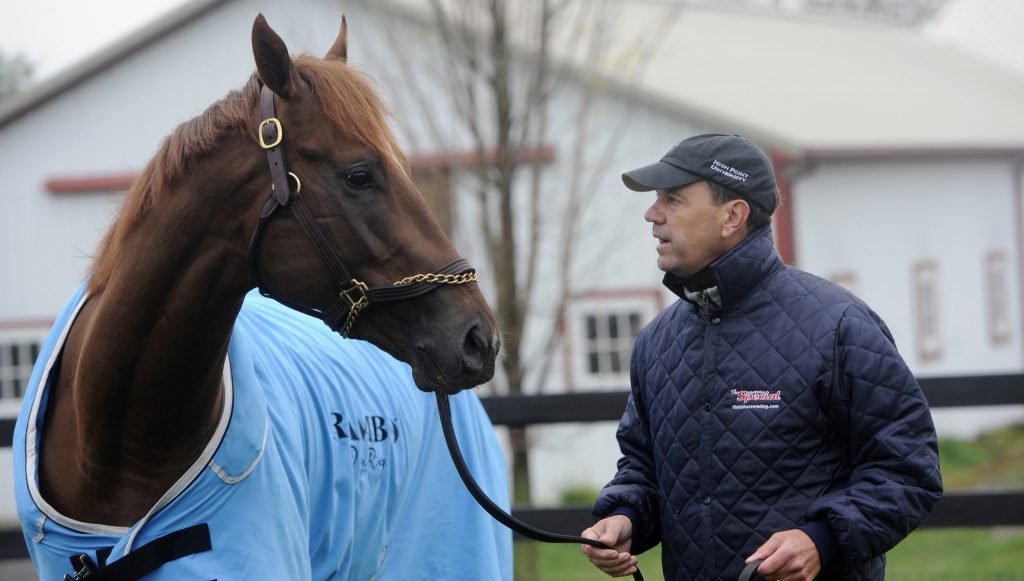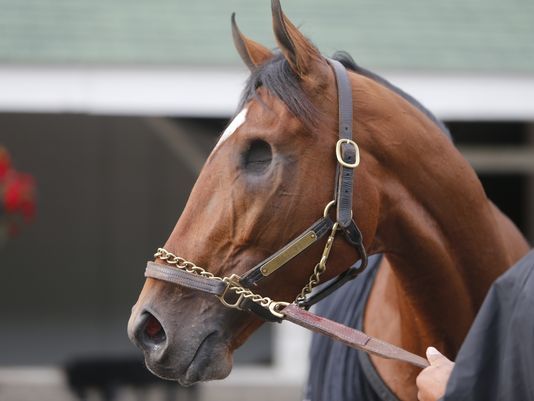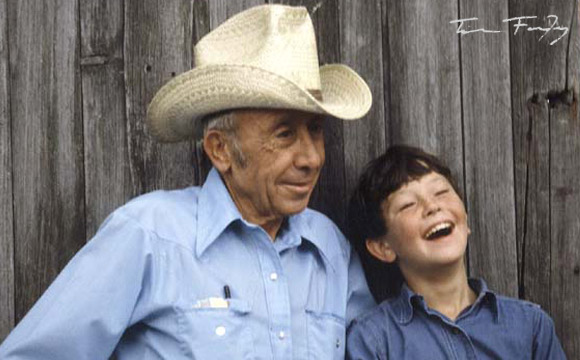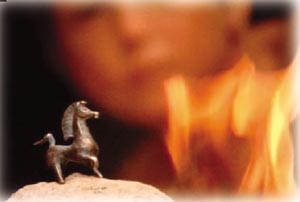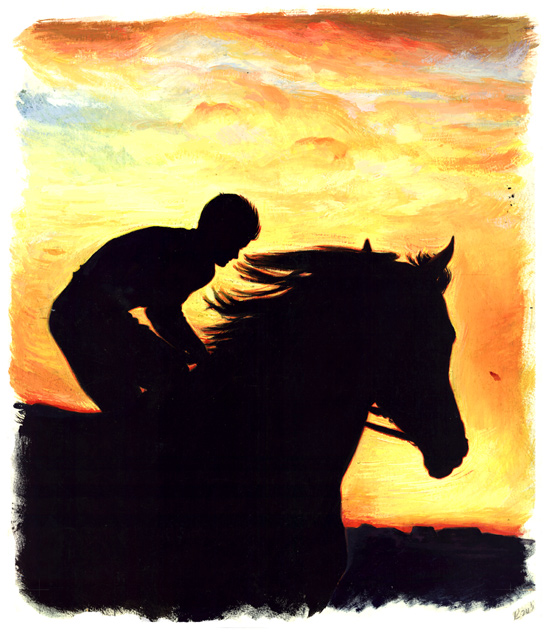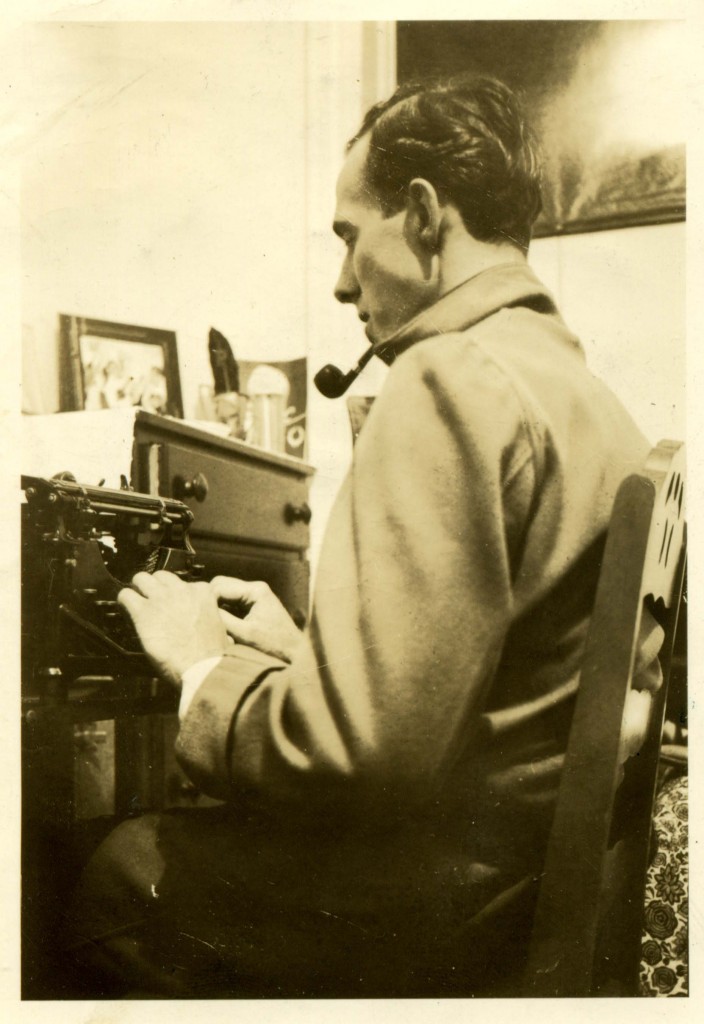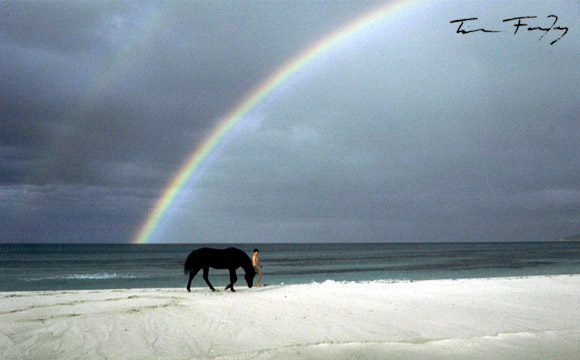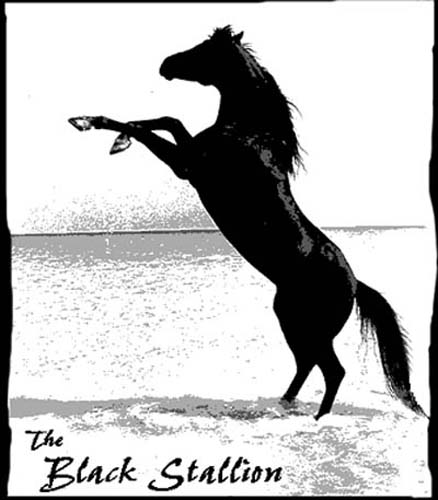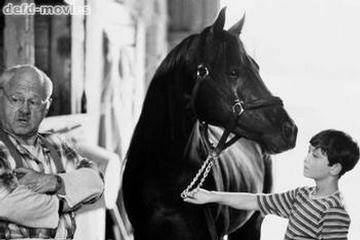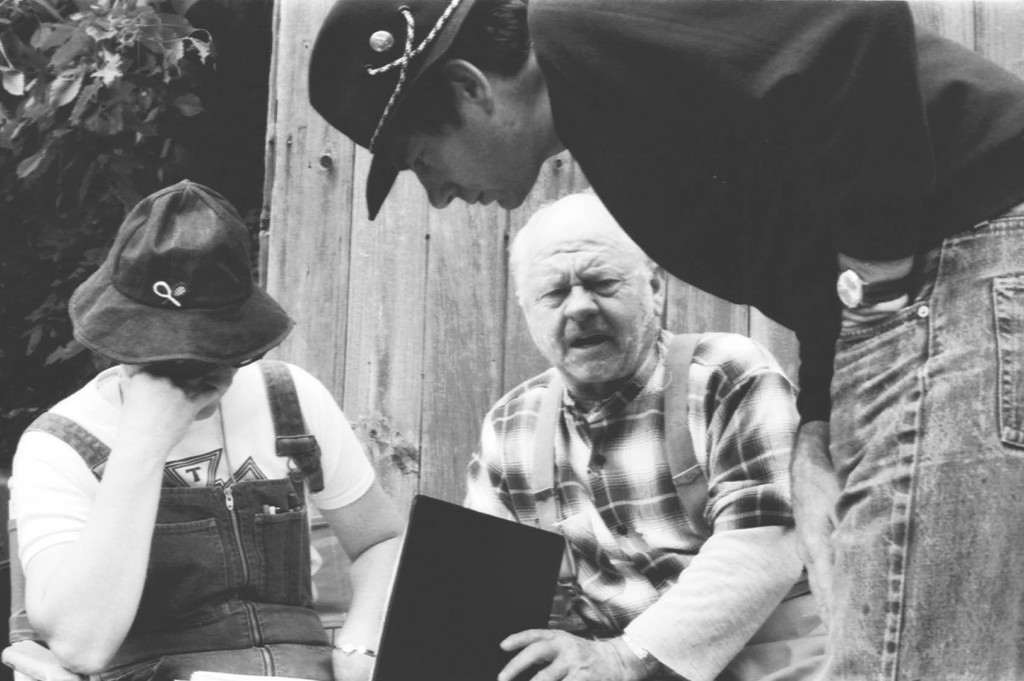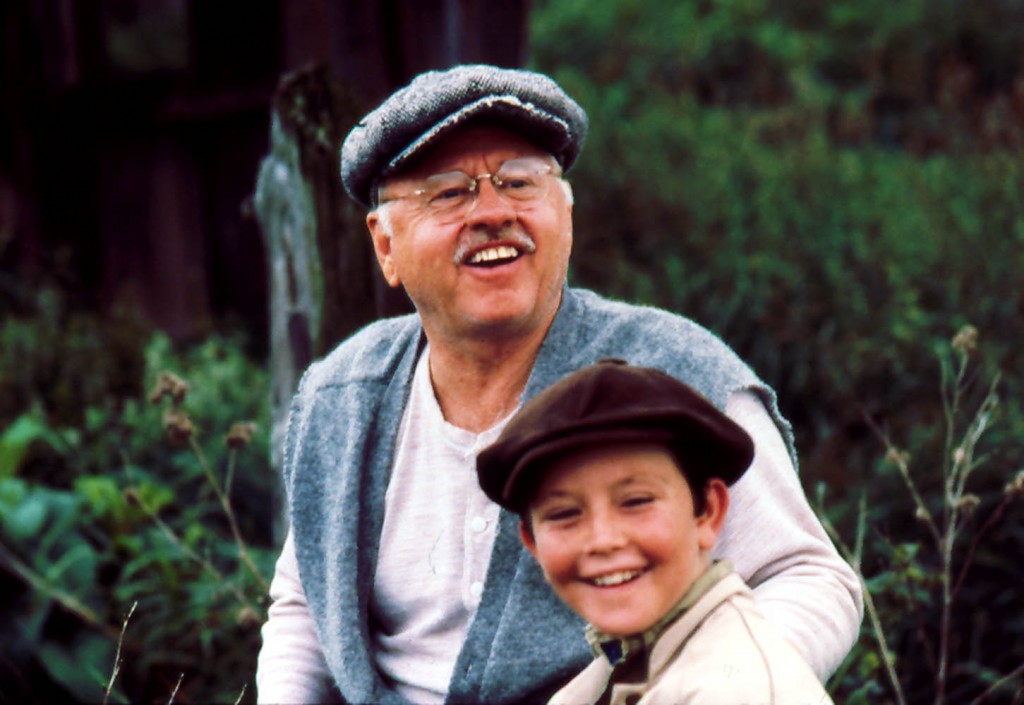Sheila Cone is a knowledgeable equestrian with a particular affinity to Cass Ole’ who played the Black in the 1979 film. We thought it was time to gift her writing to all the Stallion fans! You can write her and check out her extensive collection of interesting Black Stallion facts and photos on her facebook page: https://www.facebook.com/groups/fansofcassole/?ref=share
Cass Ole
By
Sheila R. Cone
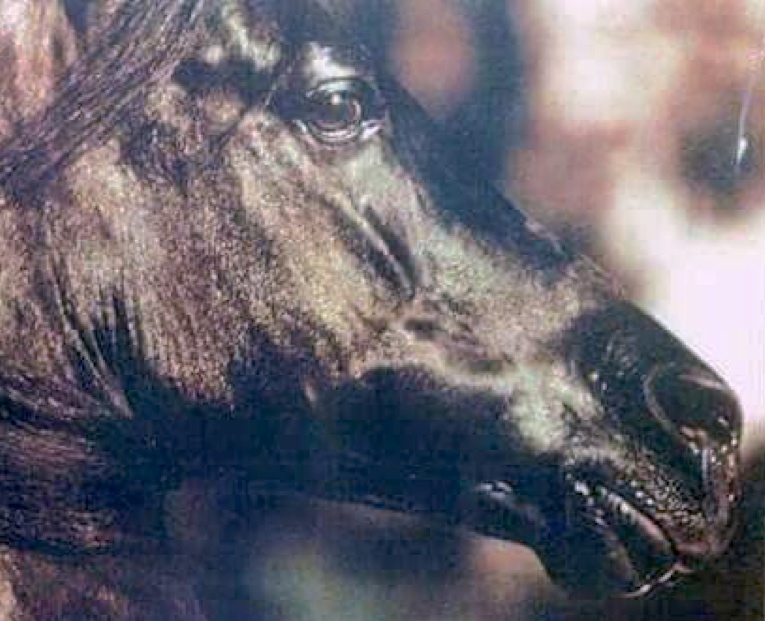
Cass Ole. Photo courtesy Carol Darling.
As far back as I can remember I have always loved horses. I saw The Black Stallion for the first time in the early 90’s when my dad brought home a vhs copy. I remember watching that magnificent black horse on screen and was utterly mesmerized. I had to know who he was and what breed of horse. My search birthed a deep love of research and I have devoted the past thirty years to finding photos and info about Cass Ole, speaking to people who knew him or bred their mares to him, and I am just as ardent a fan of Cass Ole as when I first saw his iconic performance as The Black.
Cass Ole was bred by Gerald Donoghue of Donoghue Arabian Farm in Goliad, Texas. Born in 1969, he had a cute little star and four white socks and was the first black foal Gerald bred. Unfamiliar with the mousey coat color, he at first thought Cass Ole to be a liver chestnut. On the farm he was affectionately called ‘Mickey Mouse’. Three full siblings were born before Cass Ole, all were bay. He was sold as a two-year-old to the Cuello’s of San Antonio, Texas where he would forge a deep bond with Francesca that would later help her heal and recover from a devastating accident.
La Bahia with Cass Ole as a foal. Photo courtesy Carol Darling.
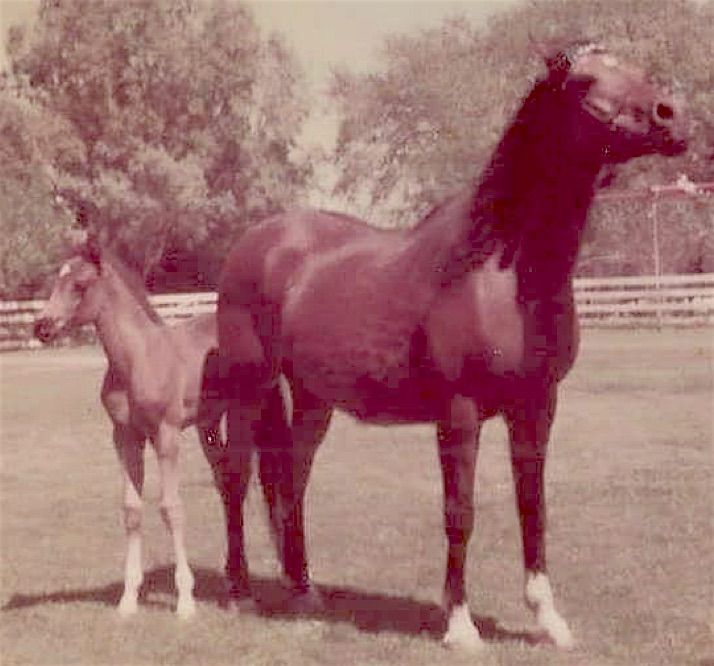
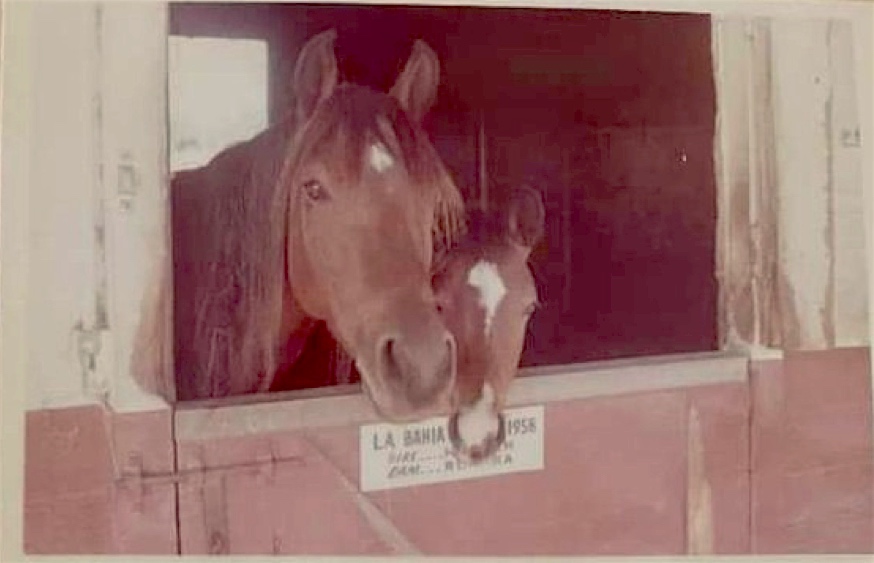
La Bahia with her filly Cassa Viva, full sister of Cass Ole.
Photo courtesy Charlotte Donoghue.
The Donoghue Farm was known for producing Arabian horses that were family horses first, show horses second. Cass Ole was no exception. He had such a clam disposition that his owner, Francesca Cuello, would have to really push him at times to get him to move beyond a walk. His quiet disposition allowed him to excel in western pleasure. In 1975 he won the U.S. National Championship in AOTR with Francesca. During his seven-year show career, Cass Ole had accumulated over 400 ribbons and trophies competing in English Pleasure, Side Saddle, Native Costume, Formal Driving, Halter, Most Classic as well as winning the AHSA Horse of the Year award in 1975 and 1976. He was also awarded the King Saud Cup trophy twice. Cass Ole’s fans would often shout “Ole! Ole! Ole!” from the stands, fulfilling a vision Gerald Donoghue had for the horse and the reason he named him Cass Ole.
After a nationwide search, Cass Ole was chosen to perform the main role of the Black. His presence in the show ring translated beautifully on film, captivating the hearts of many horse-crazy kids—and adults—across the nation (including mine!). His intelligence made him stand out on set as well. His trainer, Corky Randall, commented that the horse seemed to know he was acting and even enjoyed it.
Back home Cass Ole’s popularity escalated. A fan club was created for his faithful followers with special items of memorabilia such as pins, postcards, t-shirts, stickers, etc. His fame also extended to the breeding shed. Cass Ole sired 135 registered foals, fifty of which were black. The Cuello family put on many presentations at the farm where thousands gathered throughout the stallion’s life to see him with their own eyes.
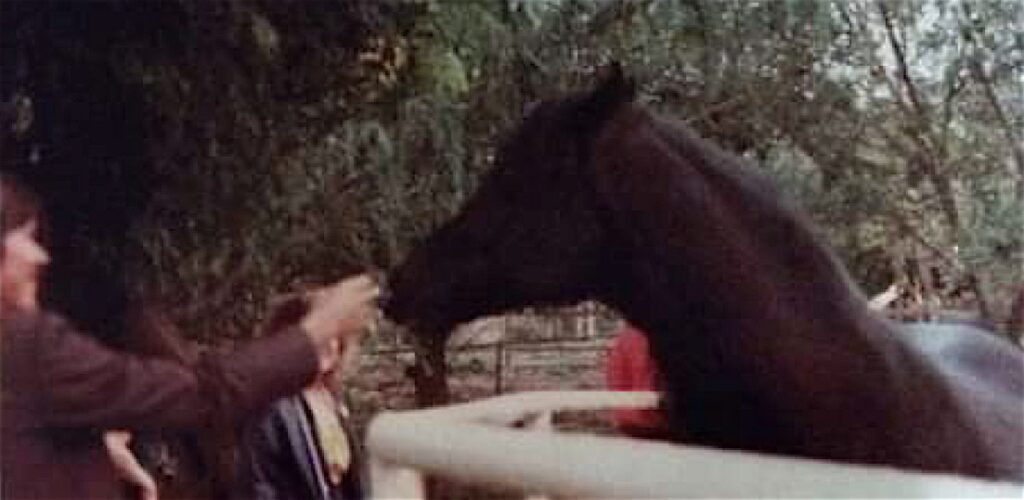
Cass Ole at San Antonio Arabians in 1984. Photo courtesy Carol Darling.
In 1993 Cass Ole suffered from a severe case of colic and had to be euthanized. He was buried in the arena at San Antonio Arabians, but his memory is forever immortalized on film. And there are two stallions available to the public for breeding. A black grandson named Cass Ole’s Stahr lives with his owners in Arkansas and has four foals due for 2022. Bronze Starfire is a chestnut great grandson living with his owner in Nevada. These two are the last known stallions carrying Cass Ole’s line into the future.
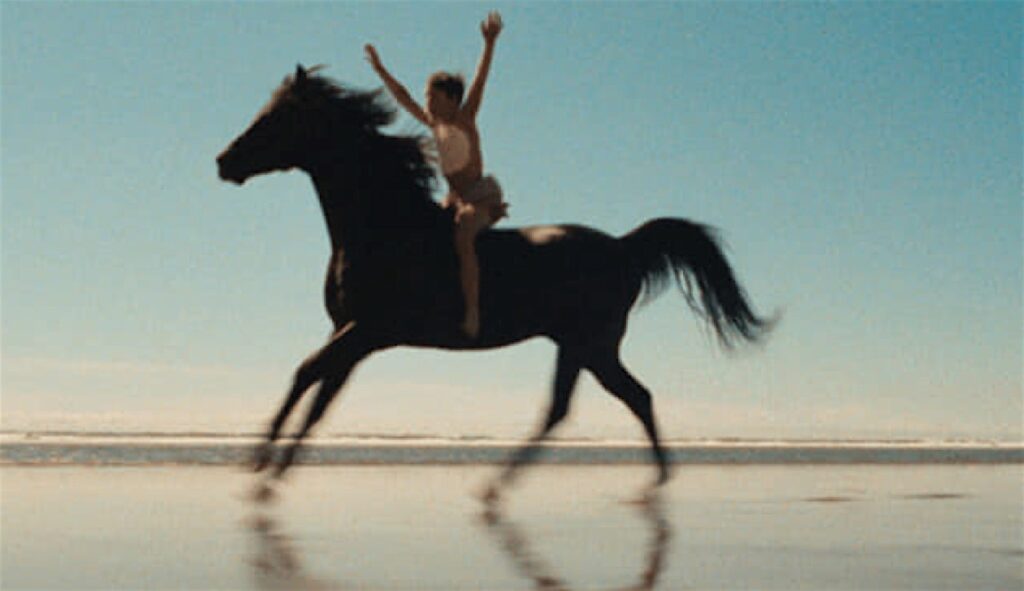
Cass Ole as the Black
Be sure to join Sheila’s fan club and meet new friends!!
Don’t forget to watch the Kentucky Derby tomorrow 6:45 pm NBC sports.
And pick up a little Black Stallion luck at the shop!
